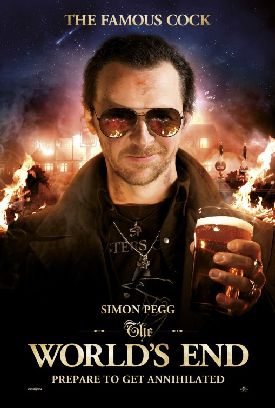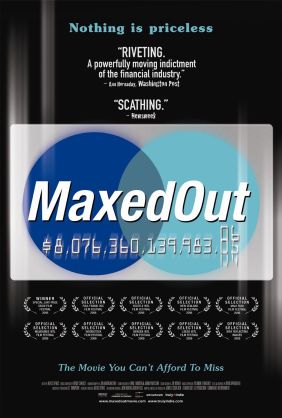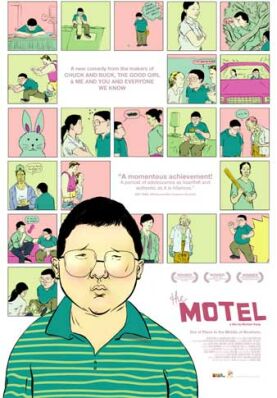Me Myself I
Me Myself I, written and directed by Pip Karmel, is a sort of
Australian version of Sliding Doors but with little of its
prototype’s wit or cleverness.
Everybody’s favorite bouncing Aussie
lass, Rachel Griffiths (who, like Toni Collette, sprang to international stardom
out of Muriel’s
Wedding) plays a 30-something journalist in Sydney called Pam Drury. For
some reason, the discovery (as she thinks) that the first man she has been
attracted to in some time, the rugged-looking school-teacher Ben Monroe (Sandy
Winton), is married with two small children, sparks off a serious mid-life
crisis. Looking back, she comes to believe that the love of her life was a
youthful sweetheart, Robert Dickson (David Roberts), whose proposal of marriage
she had rejected thirteen years before. What, she inevitably wonders, would her
now so-lonely and unsatisfactory life have been like if she had accepted
him?
Well, you can guess what happens. Without knowing how or why she suddenly
finds herself face to face with her alter ego, the Pam who, having accepted
Robert’s proposal, is now Mrs Dickson.
The other Pam soon disappears, and she finds herself living the alternative life
she had been so curious about. Not too surprisingly there are good things and
bad things about being Pam Dickson, and the change also gives her a new
appreciation of her life as Pam
Drury—though no very clear idea how,
if ever, she will be able to return to it. There is one funny scene in which she
crawls into a wardrobe, looking for the way back, but on the whole she adapts to
her new life and her new kids—the charming Stacey (Yael Stone), the
less-charming Douglas (Shaun Loseby) and the adorable little Rupert (Trent
Sullivan), the only one to realize she’s not his real mummy— with ease.
And all is soon sorted out as Pam II shows up just in time to rescue Pam I from
an onset of mushiness from Robert about “taking out an option on another
thirteen years.”
It turns out that Pam II had been just as curious as Pam I: “I had to find
out what would have happened if I’d said no to Robert,” she explains—what
it would have been like for her “to have my own bed, my own money…not been
darling or mummy.” What Pam II learns about her unlived life is only
hinted at in the final scene, but both Pams end up making the same choice again.
And that is really the problem with the film. It takes a little too casual an
approach to the magic of alternative worlds. Not that I think that there should
necessarily have been some elaborate and science-fictionish explanation of the
technological or metaphysical underpinnings of the experience. But making Pam I
and Pam II effectively into twin sisters—the Patty and Cathy de nos
jours—living in different places and with a different circle of
acquaintances and comparing notes from time to time—does rather go to the
opposite extreme.
There are some hints of serious thinking—if that is not a contradiction
in terms—about the “world of speculation” touched on so delicately by T.S.
Eliot in “Burnt Norton.” The Pam-less Robert Dickson went on to marry a woman,
Janine (Anne Burbrook), whom as Pam’s husband he regards as a joke. Pam II has
apparently given romantic encouragement, if not actually had an affair, with
Janine’s alternative husband, Geoff (Felix Williamson), a man whom Pam I (and
we, by the way) regards as a jerk and a boor. She is thus put into the
interesting situation of having to say to this guy, incredulously: “Do you
honestly think that I would leave this family for you? That I would
choose you?”
“Well, yeah,” says bewildered Geoff.
“Sorry, Geoffrey, but I never liked you.” Ah yes, but in some sense,
obviously, an “I” connected with her must have liked him. In the same way, the
woman whom Ben II described as “the love of my life” when she was tragically
killed is merely an ex-wife to Ben I whom, having lived, she went on to marry.
Is romantic attachment, then, so fragile, or contingent on mere circumstance and
habit—the two things that are disrupted by the switching of the Pams?
Possibly so, but the film doesn’t really have much interest in this question.
There is clearly an essential Pam, a Pam-in-herself, who is attracted to both
Robert and Ben and, fortunately for her, enough Pam-phenomena to go around. So
that’s all right then.
Discover more from James Bowman
Subscribe to get the latest posts to your email.





